Need some landscape photography tips? From vast roving hills to stormy seas and strong sunsets, composition is key when it comes to taking stunning landscape photographs. Whether you’re new to landscape photography, or simply on the lookout for a fresh spin on things, these five simple landscape photography and camera tips will help you to take great shots with minimal fuss.
Rule of thirds
If you’re not entirely sure where to start with your composition, try using the ‘rule of thirds’ – a popular beginner tip – to get you going. It’s simple enough, and involves dividing your frame into imaginary thirds across the vertical and horizontal axis. Once you’ve done that, place the most interesting areas of your photo at the points close to where the lines intersect. Saying that, don’t be afraid to experiment and abandon the rules in favour of your own creativity, as that’s what photography is all about.
The magic hours
Many stunning landscapes are often captured when the light is just right, and the sun is lower in the sky, allowing for moody hues and subtle colours. These are what we call the ‘Magic Hours’ and they usually occur after dawn and before dusk. However, if you’re not an early riser, fear not – there are still plenty of good opportunities for perfect landscapes during the day.
Polarising filters
Landscape photographers usually carry a circular polarising filter as part of their kit, for two main reasons; they are able to cut out nasty glare and reflections from a scene, and they also intensify colour, saturation and contrast. The effect is particularly stunning on clear blue skies.
Depth of field
Like most landscape photographers, you’re probably going to want an image to appear sharp throughout your perfect scene; for instance, you’ll want your foreground elements to look just as sharp in your photo as the beautiful but distant horizon. This isn’t too difficult to achieve, as long as you use the depth of field principles, whereby the smaller the aperture you choose (say, an f/22), the vaster the area of sharpness you’ll be able to cover. If you want to go one step further, you could experiment with hyperfocal distance focusing. But remember, when using smaller apertures, you’ll generally have to compensate with slow shutter speeds, so a tripod is essential.
RAW
Image quality is important, particularly for landscapes, and always shooting raw files will allow you to edit your original images without any problems. If you can, invest in RAW processing software, such as Adobe Camera RAW.
Featured Image: Sunrise, Lake District, England by Tatiana Zigar

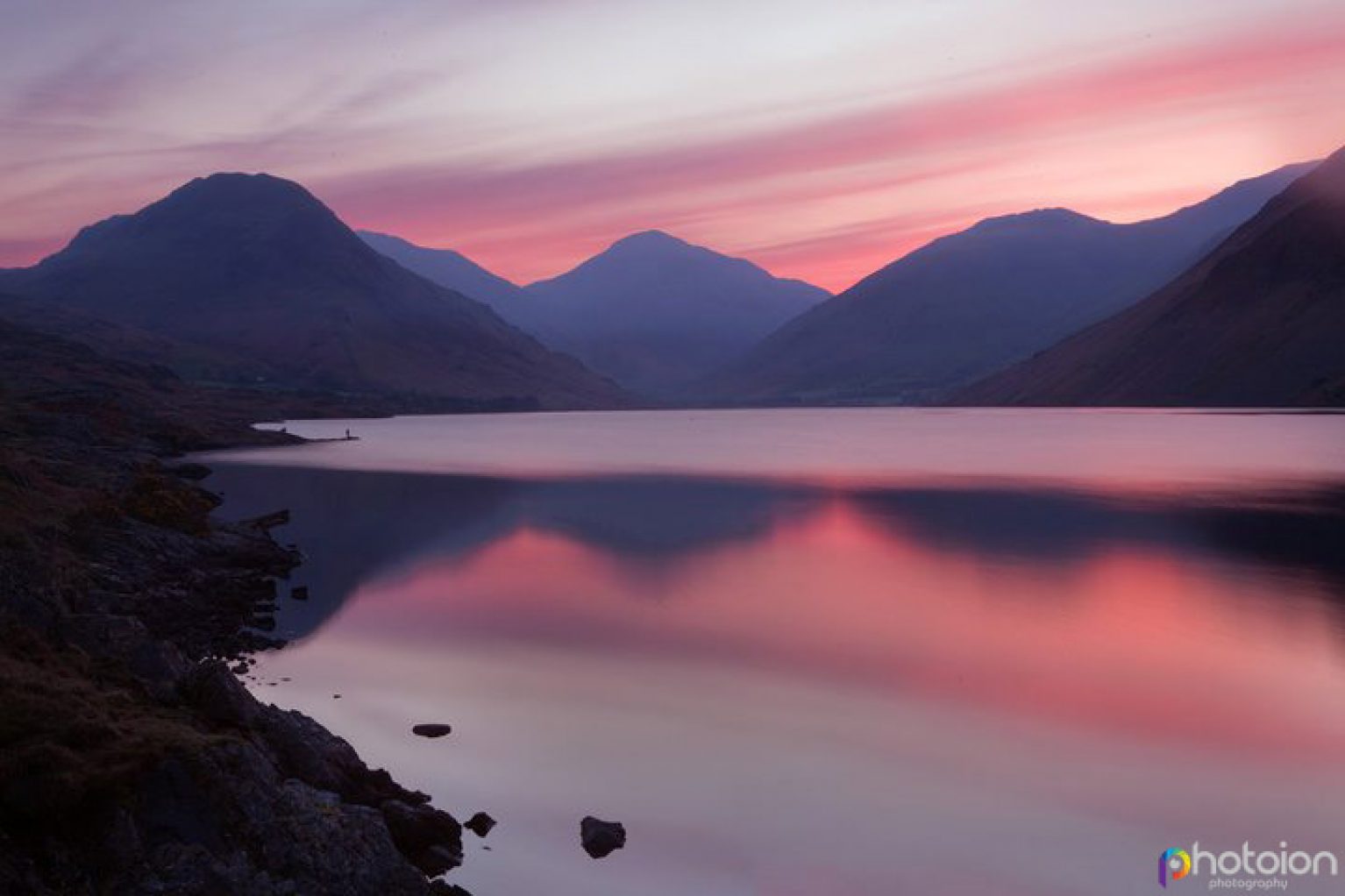
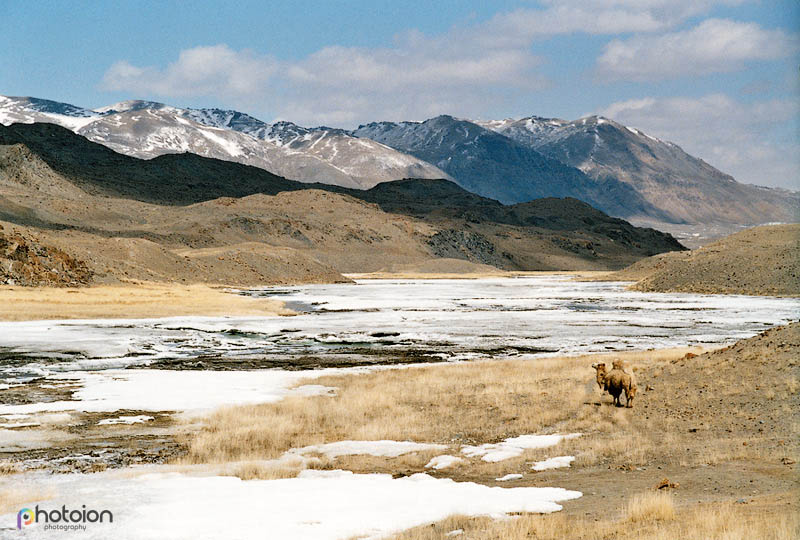
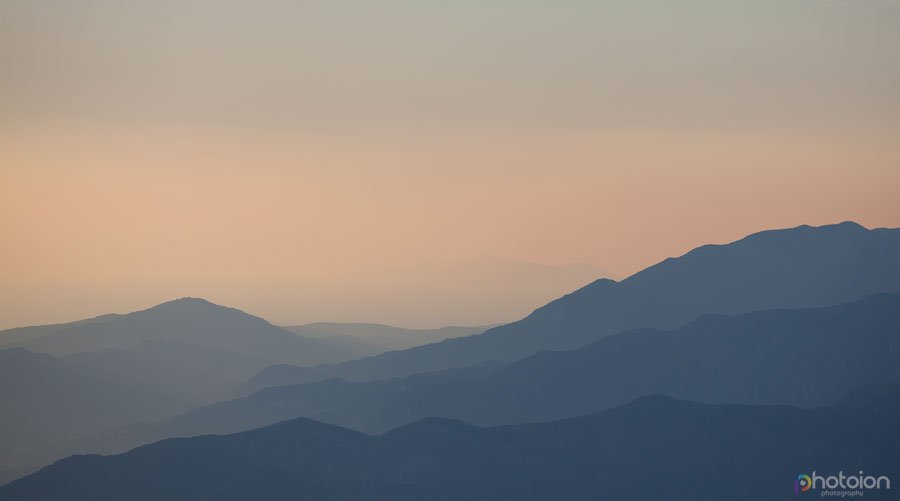
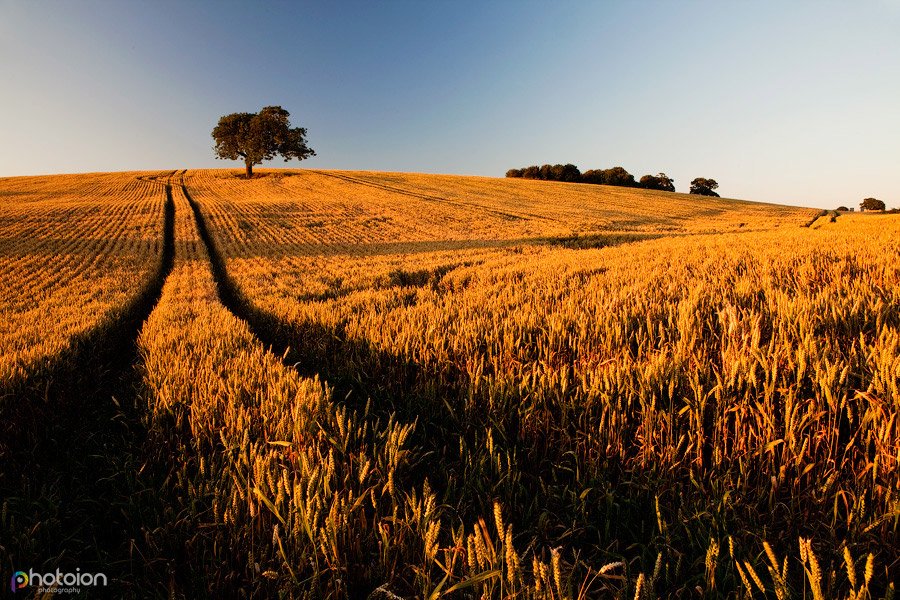
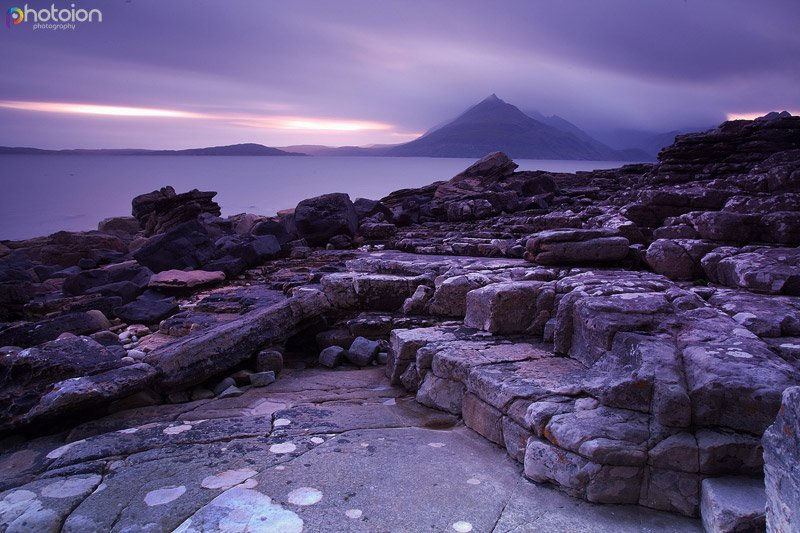


Leave A Comment